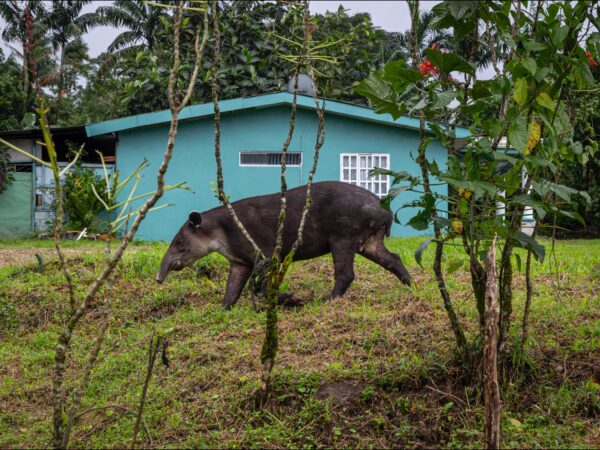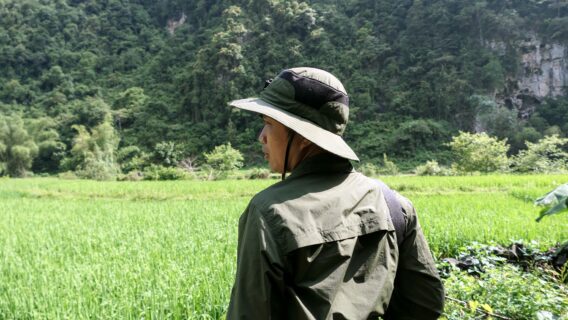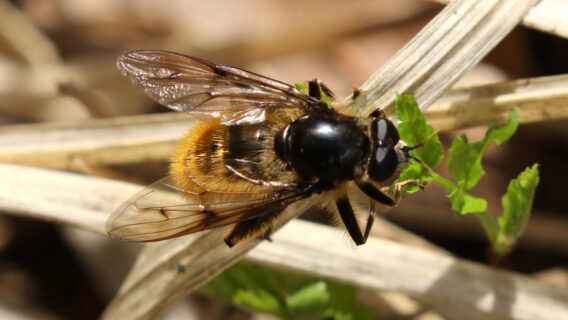
Collaborative health surveillance for Baird’s Tapir, Costa Rica
Project description
Baird’s tapirs play a crucial role in seed dispersal, yet their populations in Costa Rica face threats from habitat fragmentation, poaching, vehicle collisions, and human-wildlife conflicts. In regions like the Tenorio-Miravalles Biological Corridor (TMBC) and Macizo Cerro de la Muerte (MCM), tapirs are increasingly interacting with human-modified landscapes, leading to conflicts and potential pathogen transmission at the tapir-livestock interface. Baird’s tapirs play a crucial role in seed dispersal, yet their populations in Costa Rica face threats from habitat fragmentation, poaching, vehicle collisions, and human-wildlife conflicts. In regions like the TMBC and MCM, tapirs are increasingly interacting with human-modified landscapes, leading to conflicts and potential pathogen transmission at the tapir-livestock interface.
Threats

Diseases

Habitat loss & degradation

Human-wildlife conflict

Poaching
Project objectives
- Capacity building of professionals: Through the collaborative network, we will facilitate workshops in the two key regions to train park rangers from the SINAC, and local biologists and veterinarians to conduct tapir population health monitoring.
- Surveillance of the TMBC population as a case study: We will capitalize on years of ecological research of a population of tapirs that exemplify health risks for tapirs that leave protected areas throughout the country and conduct a health assessment of its tapir population and domestic horses at the TMBC. Once we establish the health surveillance program at TMBC, we aim to further apply the model to the other regions.
Project activities
- Two workshops will be held in TMBC and MCM at SINAC facilities to train park rangers and professionals in tapir interventions. Training will cover decision-making, field necropsies, and sample collection. Participants will receive biological sample kits. Additionally, training on the Epicollect app will enable standardized data collection on tapir health, recording location, sex, body condition, clinical signs, mortality causes, photos, and videos.
- Previously identified farms with tapir-livestock interactions will be revisited. Open-ended surveys will gather data on veterinary care and horse medical history. Blood and ectoparasite samples will be collected from livestock with consent, while tapir samples will be obtained during interventions. Samples will be stored at Veterinary School from the National university (UNA) for future analysis.
This research project is implemented by Jorge Rojas Jiménez, University of Georgia.




